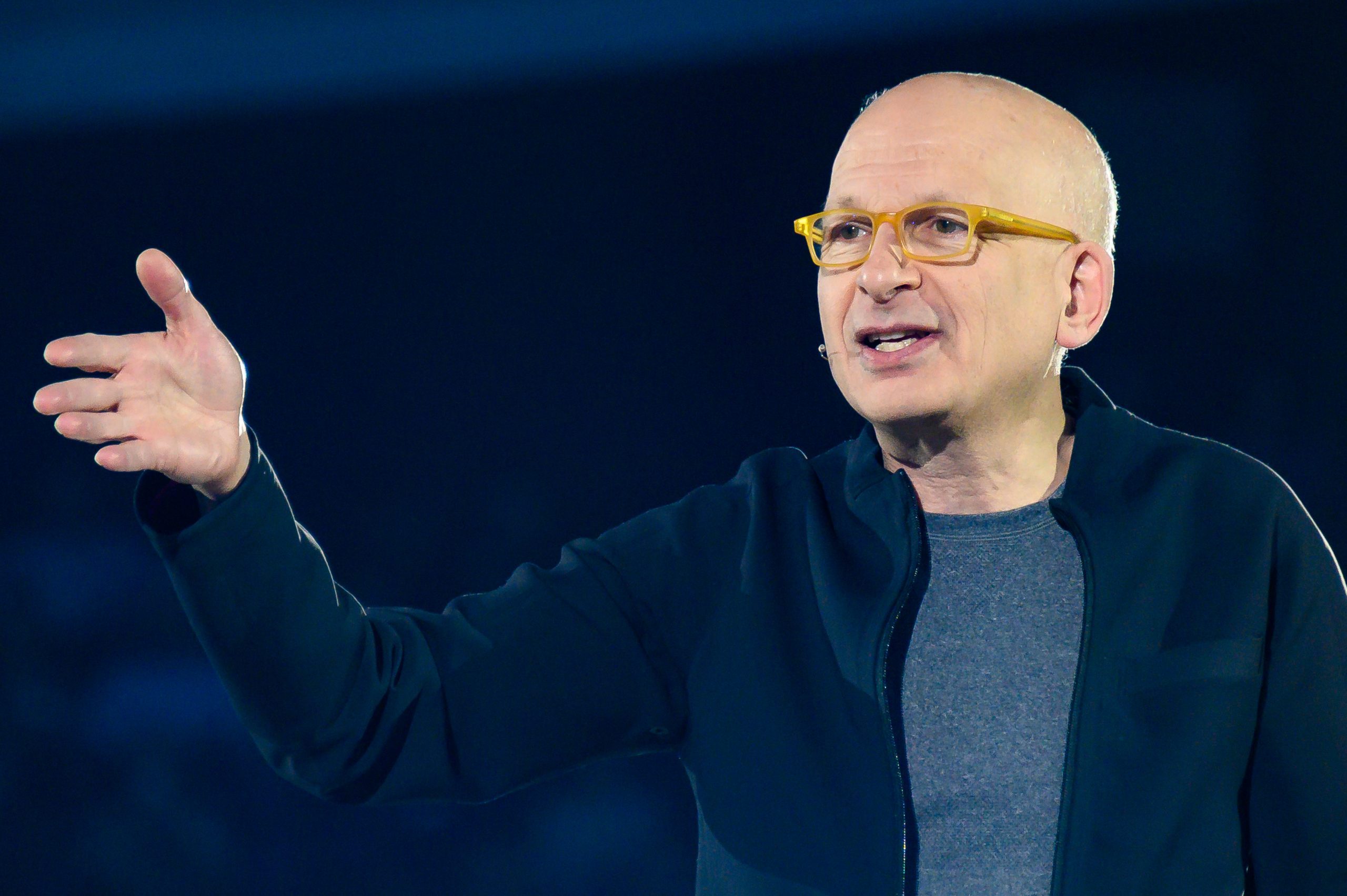The World Wide Web was born in 1993. Websites began. Connecting to the world was no longer just through email. You could publish photos on the web and put up storefront businesses. This was the beginning of the .com era.
In 1994 podcasts took hold. A Podcast is a series of digital media files, usually digital, audio, or video, made available for download via web syndication.
In 1997 the weblog was introduced. It simplified creating a website and helped people publish material in a user-friendly matter. By 1999 the name was shortened to blog. Ability of most anyone to have a website was now so easy that the web exploded with blogs.
On October 28, 2003, Mark Zuckerberg, a Harvard sophomore, concocted Facemash. This became Facebook. The concept of Facebook is inviting friends to see your blog and controlling who sees your material.
Twitter entered the scene in 2006 as a microblog. Tweets are text-based posts of up to 140 characters on the user’s profile page. They are delivered to other users (called followers) who have subscribed. Senders can restrict delivery to those in their circle of friends or, by default, allow anybody to access them. The difference between a Facebook and a Twitter page is one is exclusive and the other by default inclusive.
About ten years ago, Donald O. Clifton led a team of scientists at Gallup to begin a dialogue on what is right with people. In 2001 they published the Clifton StrengthsFinder assessment that, after taking the test, a person lists the top five talents/strengths they possessed out of a possible thirty-four categories. The difference with this assessment tool is its emphasis on people learning to play to their strengths rather than concentrating on their weaknesses.
In 2007, Tom Rath, one of Clifton’s team, updated the assessment and wrote Strength Finder 2.0. You can find out about it at www.StrengthsFinder.com.
In 2008 Seth Godin published Tribes: We Need You to Lead Us. Godin has written about being a change agent in previous books like Purple Cow and The Dip. In his book Tribes, Godin helps us understand how all this technology of websites, blogs, Facebook, and Twitter are places where leaders can rise if they are willing to lead. Good leaders create Raving Fans. Ken Blanchard, the author of the popular management book The One Minute Manager, also wrote Raving Fans.
Godin talks about how it is easier today, because of the web, to find others who think like you. We can build upon these strong connections with others. Godin takes the concepts of Strengths Finder (of playing to your strengths) to find your niche. By doing so, your fans will find you. This group is what Godin calls a tribe.
A CROWD has many weak connections between people. TRIBES have strong relationships. Organizations that play to the Tribe rather than the crowd will create Raving Fans, according to Godin.
Godin talks about leveraging all these tools of blogs, websites, Facebook, and Twitter. He gives an example of how Scott Beale, owner of Laughing Squid, uses all these tools and more to market. Beale was able to leverage his Tribe at a conference in 2008 “… he got tired of waiting to get into the Google party. He found a deserted bar down the street, grabbed some tables in the back, and fired up his cell phone. Using Twitter, he announced: ‘Alta Vista Party at Ginger Man.’ Within a few minutes, eight people showed up, then it was fifty. Soon there was a line out the door.”
Godin explains how Beale didn’t just sign-up with Twitter, tweet a message, and the party began. Instead, the party took four years of marketing using the tools, and by having a following, he could then leverage this Tribe of his into a spontaneous event.
A few of my friends use social networking tools to create workshops, sell their self-published books, and many other ways of connecting with their tribes.
Networking was around long before the computer. Those who understand connecting with others have always done well in business.
Today you can build a tribe for almost nothing compared to the days before the computer. Social networks are free to join. They can connect you to the world. Marketing 101 teaches that only about one hundred people will be interested in your idea if you talk to one thousand people. Of those hundred, only ten will buy.
The marketing challenge has always been reaching enough people to connect with those who will buy.
Another aspect of connecting with your audience is getting your name in front of them repeatedly, usually six to eight times, before the deal is sealed.
The web can connect you with the world. The web allows repeated connections via email, tweeting, blogging, and inviting people to join your exclusive club.
One last observation – people are tuning in more to things like Youtube and Hulu than going to places with nothing but text. The problem with Youtube is there is a lot of junk there. So while it is visual, it is also mostly amateur. Hulu is all about quality video. The difference is clear, advertisers are lining up to advertise on Hulu, and Youtube doesn’t compare.
Today those who will brand themselves the best will no longer accept amateur communications – they hire professionals to help shape their message.
Call me, and I’m eager to help you tell your story to your Tribe.


